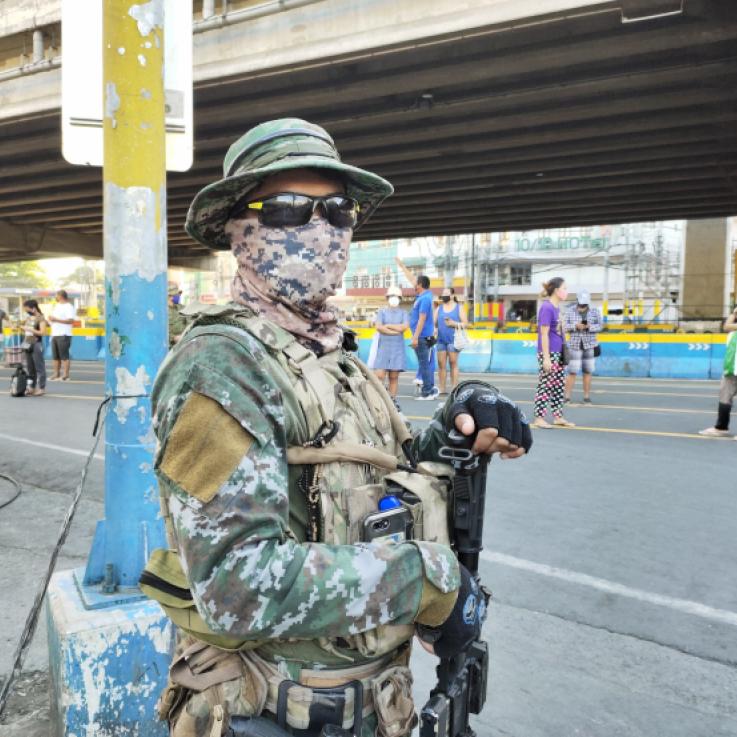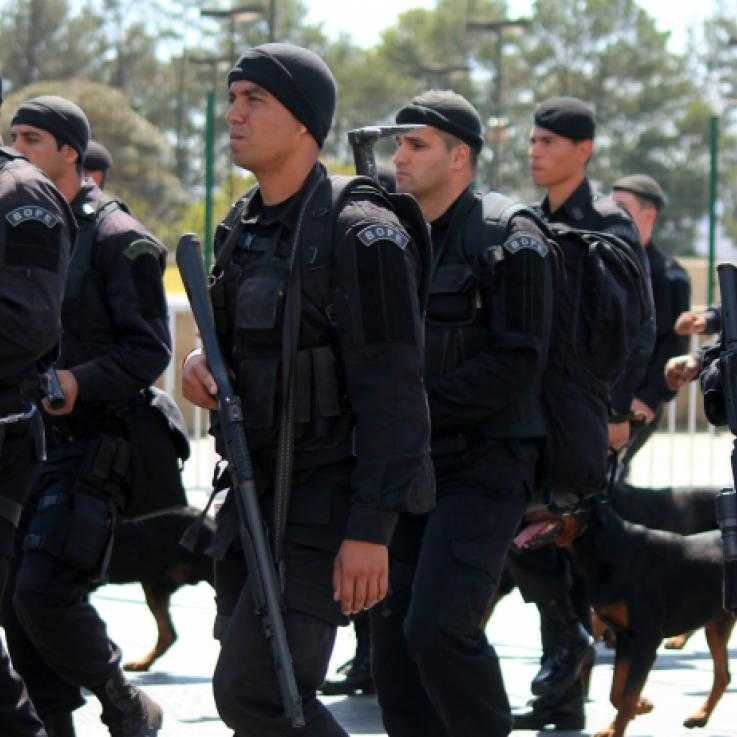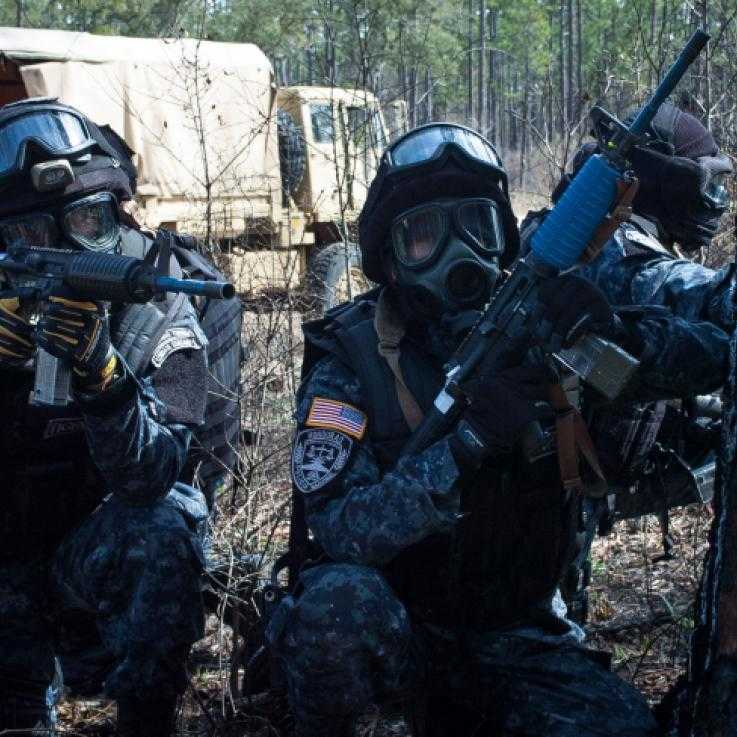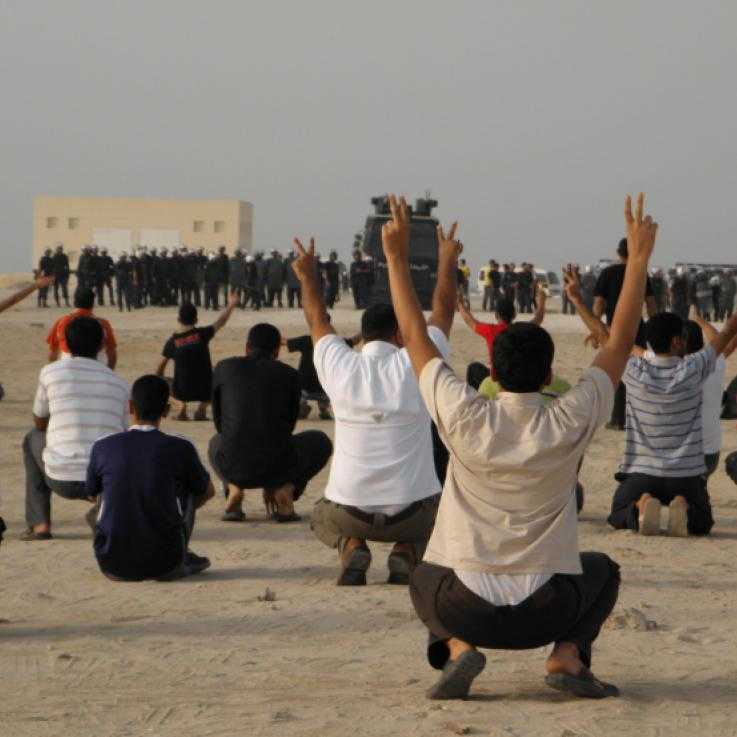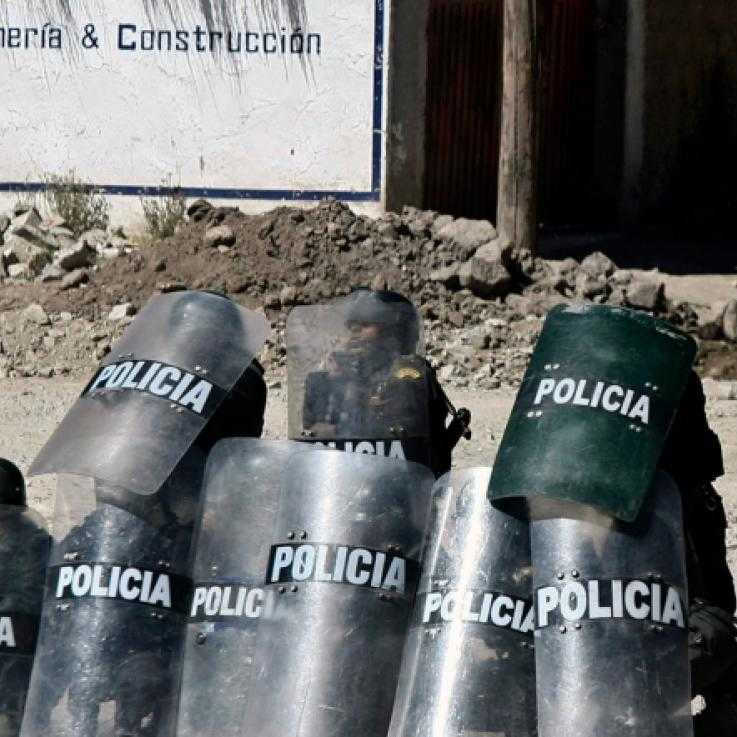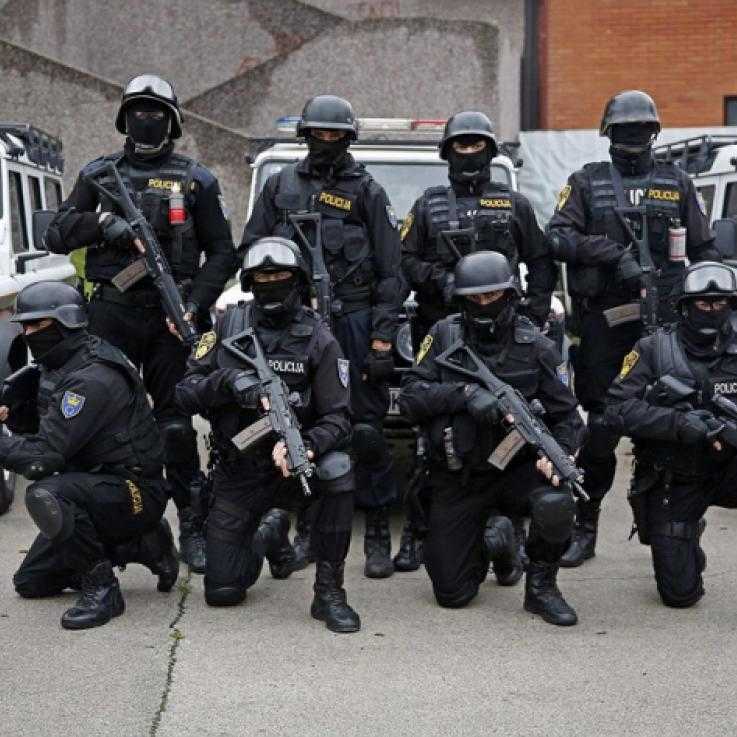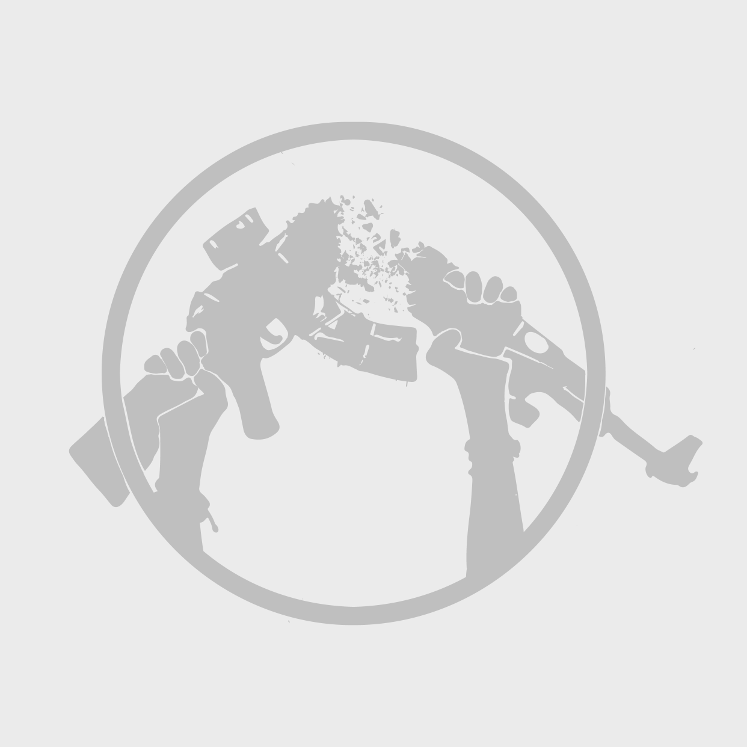What is the militarisation of policing?
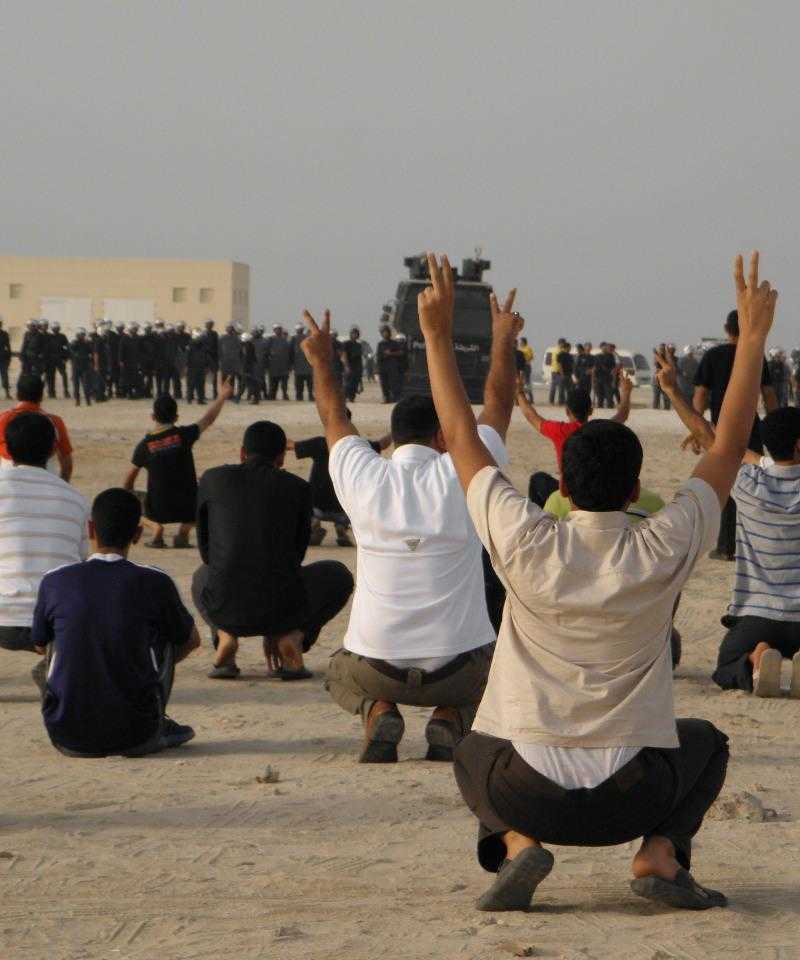
The visible face of police militarisation is the use of militarised equipment and body armour; of sniper rifles and tanks facing down protesters in Ferguson, United States, and of heavily armoured vehicles patrolling the streets of the favelas of Rio de Janiero. But such conspicuous militarisation is merely a symptom – an end-product – of a militarised mindset that sees those being policed not as members of a community in need of protection but as a threat.
Militarisation is driven by “the idea that the world is a dangerous place” (Enloe, 2016). It is a process that relies upon the widespread social acceptance of a narrative of insecurity. There is always a new emergency just around the corner. The ‘war on terror’ has been used to mobilise a culture of fear across the world from France to Kenya to Indonesia but whether the ‘war’ that is being waged is on terror – or on drugs or on gangs – the response of the state is always framed in the language of militarised conflict.
A soldier is schooled to assume a threat before the need for help and to respond accordingly by eliminating it (Tabassi and Dey, 2016). But whereas the role of a solider is supposedly to confront a threat coming from outside – an external enemy – increasingly the danger is identified as coming from within. When militarised language is used to talk about perceived internal threats, the danger that is to be eliminated is to be found on the streets of our towns and villages and the war that is being waged is a war on our own communities, who have themselves become the enemy. When the mentality of war is applied to domestic security concerns, policing becomes militarised.
The militarised reaction to threat is not to look for where the harm is being done and how best it can be ameliorated but to seek gain control with “maximum escalation” always being “available as a solution” (Tabassi and Dey, 2016). Hierarchical command structures that value obedience to authority, uniformity and adherence to ‘masculine’ values serve to achieve this purpose. Militarised attitudes may show themselves in the increased use or threat of violence although police brutality does not mean militarisation in itself. Rather, it may be symptomatic of a way of dealing with an ‘enemy’, as are the tools – the machine guns and tear gas – that are chosen to carry out the task at hand.
The militarisation of policing is nothing new and police forces in colonial and other oppressive regimes have long sought to control rather than protect but increasingly the boundaries between what is considered to be internal and external security are becoming blurred. In ‘The Fourth World War’, Marcela Paz describes entering into a state of low-intensity war where “it is increasingly hard to make a distinction between military and police activity”. The boundaries that delimit external conflicts are no longer clear and foreign policy has become entangled with internal affairs. Whilst taking care to be “conscious of how state and global violence differ across contexts” (Tabassi and Issa, 2017) and not to conflate repressive policing with the great violence occurring in some parts of the world, it is possible to recognise a shift away from the notion of ‘defence’, which “used to refer to protecting a country’s own borders”, to ‘national security’, an idea which “requires the country to be militarily prepared, in a state of constant alert” and emphasises “the idea of the enemy within” (Paz, 2017). More and more, the “wars of states are being fought within their borders – often against their own people – by police forces” (Tabassi and Dey, 2016).
